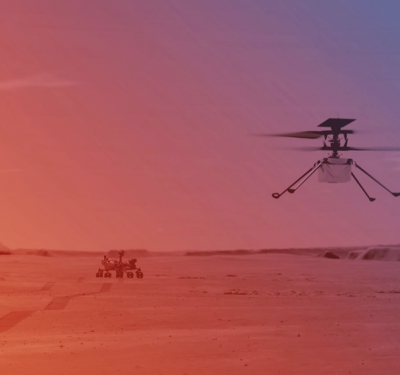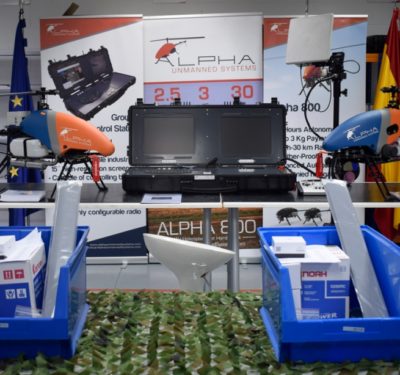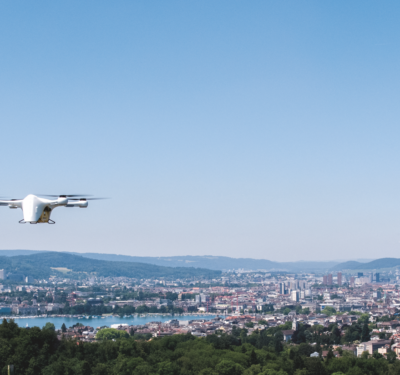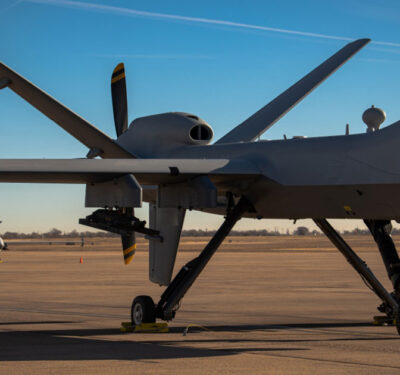
Unifly, a Terra Drone Corporation group company and a provider of Unmanned Traffic Management (UTM) solutions, has announced the successful conclusion of the CORUS-XUAM project. This initiative has played a role in advancing Urban Air Mobility (UAM) across Europe, demonstrating the effective integration of unmanned and manned aircraft operations in complex, high-risk environments.
The CORUS-XUAM project, encompassing six very large-scale demonstrations (VLDs) in Belgium, France, Germany, the United Kingdom, Italy, Spain, and Sweden, tested the integrated operations of Unmanned Aircraft Systems (UAS) and Electric Vertical Take-off and Landing (eVTOL) aircraft. These demonstrations covered a wide array of mission types, including passenger transport, logistics, delivery, emergency response, and surveillance, in settings ranging from urban and suburban to inter-city, as well as areas near Air Traffic Management (ATM) controlled airspaces and airports.
A highlight of the project was the Belgian VLD conducted around Antwerp’s urban port area, which focused on developing safe operation guidelines for UAM at urban ports and critical infrastructure sites. Unifly’s UTM platform proved instrumental in overcoming challenges related to situational awareness and flight authorizations, ensuring scalability for expansive UAM operations.
The outcomes of these demonstrations were instrumental in refining the Concept of Operations (ConOps) V.4., serving as a comprehensive guide for U-space by incorporating the needs of UAM, regulatory evolutions, and insights from other research and development projects.
Andres Van Swalm, CEO of Unifly, expressed enthusiasm about the project’s impact on the future of urban air mobility. “The success of the CORUS-XUAM project is a testament to our dedication to advancing UTM and UAM technologies. Our involvement in this transformative initiative underscores Unifly’s commitment to driving innovation in the airspace above our cities, paving the way for more efficient, interconnected modes of transportation,” Van Swalm remarked.
The project’s findings are now informing ongoing research and testing efforts under the umbrella of other SESAR JU projects, continuing the momentum towards a fully integrated U-space. This progression advances the transformation of urban centers into vibrant hubs for aerial innovation, offering new possibilities for seamless, efficient travel and logistics solutions.






